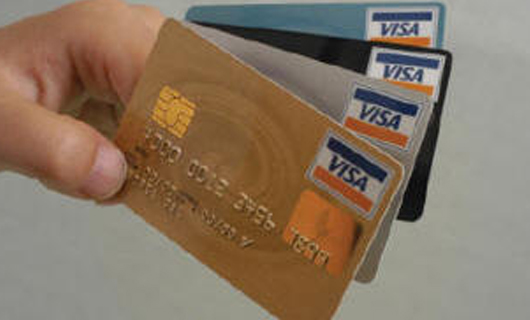
Purchasing Card
14 Nov OB10 and the e-generation gap
05 Jun Is it the end of the road for the purchasing card?
The purchasing card is a great business tool. It empowers people to make purchases without the need for a complex and often expensive purchasing process. When a low value item costs less than the cost of the purchasing process itself, it makes sense to cut through the purchase to pay red tape. But the purchasing card is beginning to show it age. It hasn't really kept up with technological change surrounding it. The merchant fees are excessive, in a low interest rate economy the business case makes no sense and as far as reporting goes, purchasing cards have been trumped by electronic invoicing. Is it the end of the road for the purchasing card?10 Nov P2P Leap of Faith Required
Mathematics is fascinating, not simply because of its mystery - detailed understanding of modern mathematics is beyond most of us - but also because of the amazing theoretical journey that mathematicians go on to reach practical destinations. So called “imaginary” numbers had been described in...
25 Mar Format is the Key in Invoice Processing
This is the 21st Century. The secure, ubiquitous global network that is the internet is established as an essential business tool that supports mission critical business processes on an industry wide scale. Messages of all kinds are transmitted between organisations: demand planning information, stock availability, real...
18 Jan Use a purchasing card to integrate your purchase to pay processes
Purchasing cards are used to manage high volume low value spend. Right? Wrong! Well - not wrong exactly - just not as right as it can be. Over the last 15 years or so, purchasing cards have been quietly evolving from the useful tool to manage high...
- 1
- 2

